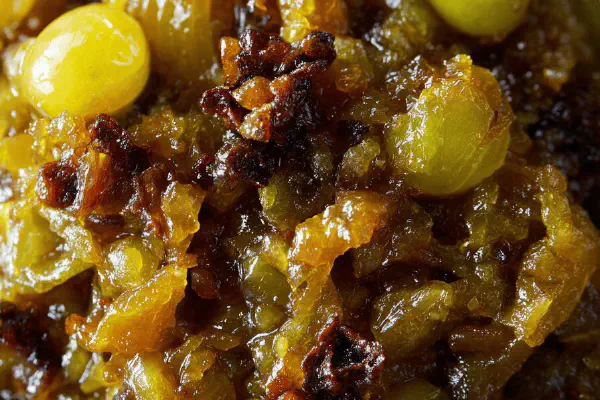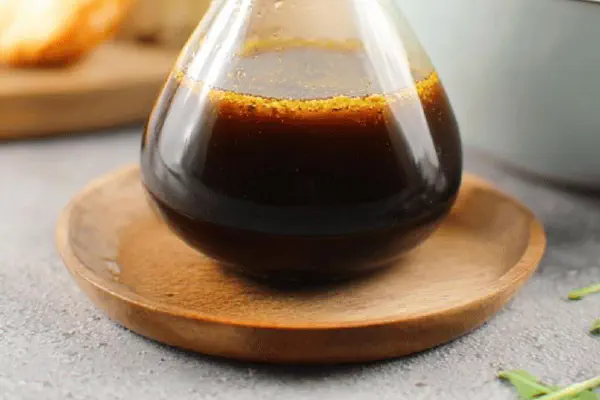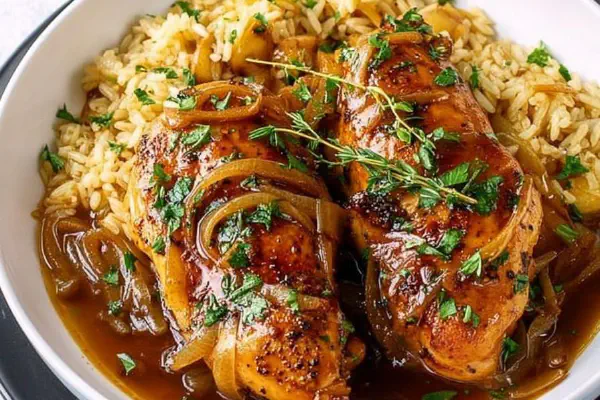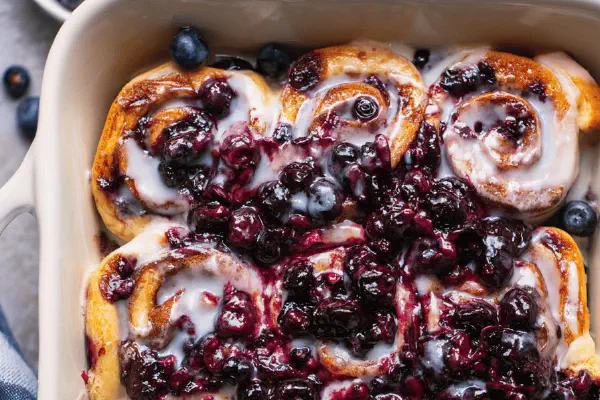Fig Blueberry Chutney
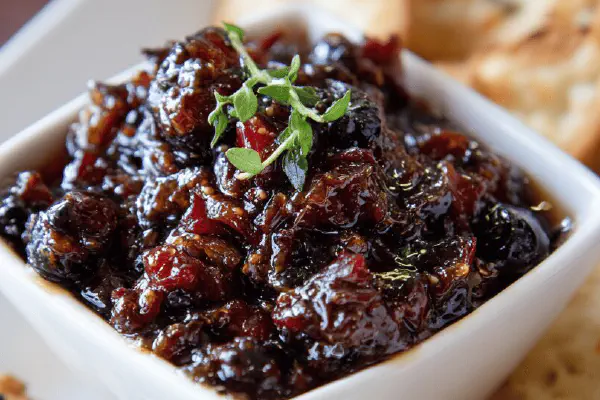
By Emma
Certified Culinary Professional
Ingredients
- 140 ml finely chopped shallot
- 10 ml extra virgin olive oil
- 60 ml balsamic vinegar
- 180 ml water
- 20 ml light brown sugar
- 4 dried apricots finely chopped
- 250 ml fresh blueberries
- 5 ml vanilla extract
- Salt and pepper
About the ingredients
Method
- Heat olive oil in a small saucepan over medium heat. Add shallots with pinch of salt and pepper to soften—listen for gentle sizzle, translucent edges start after 3–4 minutes. Do not brown; that bitterness kills the delicate balance here.
- Add balsamic vinegar, water, and brown sugar. Stir to dissolve sugar fully. Watch for dissolving granules—avoid raw sugar grit. Bring to a lively simmer—tiny bubbles, not rolling boil. This keeps flavor bright.
- Toss in chopped dried apricots and fresh blueberries. Stir to mix. Reduce heat to low, barely bubbling, and let mingle 20 to 25 minutes. Fruit breaks down, sauce thickens to syrupy consistency—when spoon back-coats thickly and runs slowly. Resist urge to stir vigorously; keep berries intact for texture.
- Remove from heat. Stir in vanilla extract last, for aroma lift without cook-off. Let chutney cool to warm or room temp before transferring to jar. Refrigerate minimum 4 hours for flavors to marry.
- Serve with cheese boards or crusty bread—balances salty, creamy textures well.
Cooking tips
Chef's notes
- 💡 Start oil cold. Heat gently, shallots first. Salt early pulls out moisture, softens edges without browning. Wait for translucent edges, listen for gentle sizzle not crackle. That key to avoid bitterness; burnt sugars kill subtle fruit harmony. Will sound faint, low hiss only. Timing flexible; eyes nose beat clock every time.
- 💡 Once liquids hit pan, keep simmer low. No rolling boil. Tiny bubbles, just breaking surface, slow and steady. Raw sugar grit dissolves completely before fruit goes in; prevent sandy texture. Watch volume reduce by ⅓ or ½. Shiny, jammy sauce forms then, thick enough to coat a spoon’s back. Avoid aggressive stirring or mush forms—berries burst but keep shape intact.
- 💡 Swap dried figs with apricots for earthier, less sticky backup if figs unavailable. Balsamic can go red wine vinegar if needed but cut brown sugar down. Vanilla lasts only off heat; add right end or aroma vanishes fast. Frozen blueberries drain excess juice first unless watery chutney wanted. Salt and pepper essential--don’t skip or all flat, flavor won’t pop out.
- 💡 Avoid overheating; scorched bottom kills batch. Use heavy-bottom pan. Heat distributes evenly, no hot patches that caramelize sugar early. Texture suffers terribly if too hot—bitter burnt notes sneak in. If over simmered, flavor dulls, fruit turns mushy. Aim for tender but still visible fruit bits. Patience matters, judging by visual thickness and smell rather than timer only.
- 💡 Cool chutney at warm or room temp before fridge, flavors meld better. Refrigerating four hours minimum but longer deepens melding. For faster use, hour at room temp okay. Vanilla fold last keeps scent fresh versus cooking out early. Chill thickens sauce; if too thick later, warm gently to loosen. Simple adaptations: coconut sugar or maple syrup in place of brown sugar for vegan tweaks.
Common questions
Can I use frozen blueberries?
Yes but drain excess water. Too much juice thins chutney. Might need longer simmer to thicken. Texture softer and color duller sometimes. Frozen good backup but fresh shines brightest.
What about swapping dried figs?
Dried apricots work better under heat, less sticky mess. Figs more classic and sweeter but apricots give earthier depth, hold firm longer simmer. Could try dates if urgent but texture will shift more gelatinous.
Why does chutney get bitter sometimes?
Heat too high early on. Sugar burns or shallots overcook and go sharp. Watch for only gentle softening sizzle. If pan scorches, bitterness seeps. Heavy-bottom pans reduce risk; stirring won’t fix burnt base.
How long can chutney store?
Refrigerate 1-2 weeks easily. Room temp for few hours fine but lose shelf life. Freeze in small jars if longer, but texture shifts slightly. Chill thickens sauce; rewarm gentle before serving if cold stiff.
